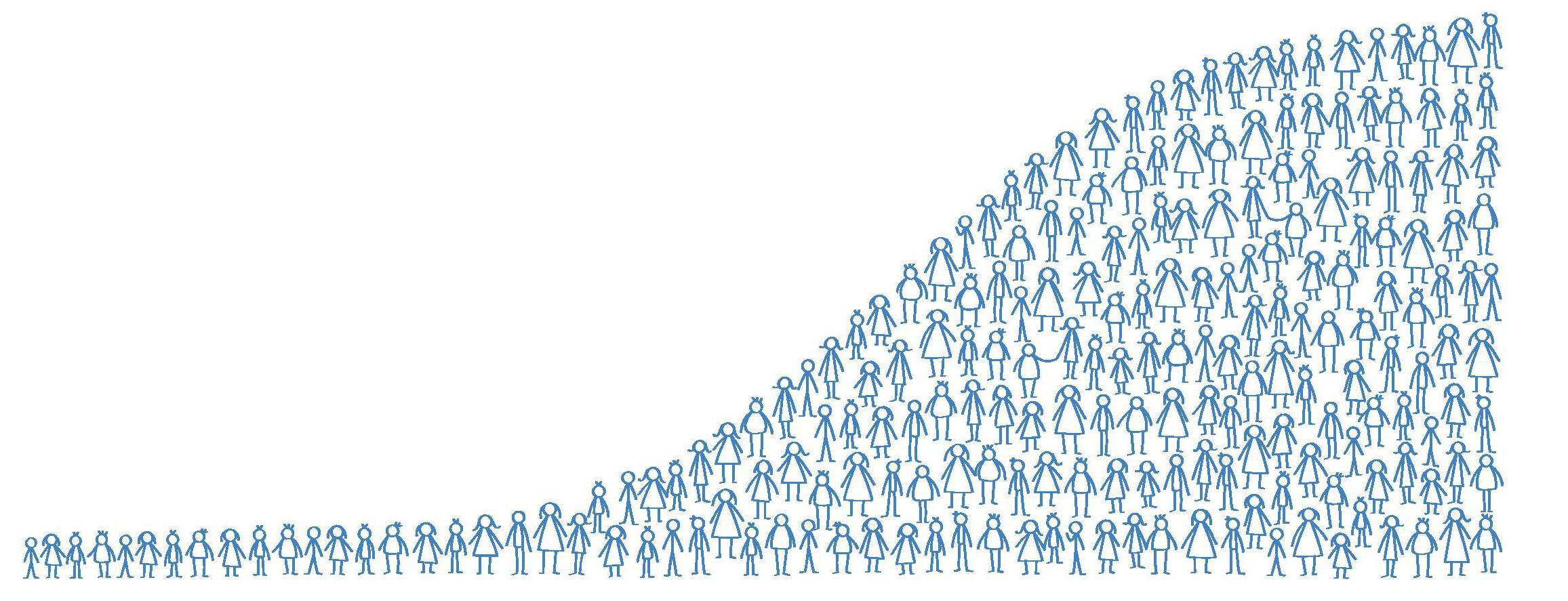
W hen an economy is not performing strongly — for example, in a recession — one of the key indicators to be monitored is the rate of unemployment. For an economy to have a large number of people out of work is seen as a cost to the economy — and, of course, to the people who are without jobs. From society’s point of view, unemployment represents lost output, as it suggests that the economy is producing less than it could.
There will always be some unemployment in a society, as the labour market will only operate efficiently if workers are able to switch between jobs as the structure of the economy evolves over time. This suggests that we do not ever expect unemployment to be zero. In the ‘Question and Answer’ column in this issue of Economic Review, David Horner discusses various types of unemployment and the policies that could be used to address them. Our concern here is with how we can measure unemployment in order to monitor changes over time.
Your organisation does not have access to this article.
Sign up today to give your students the edge they need to achieve their best grades with subject expertise
Subscribe




